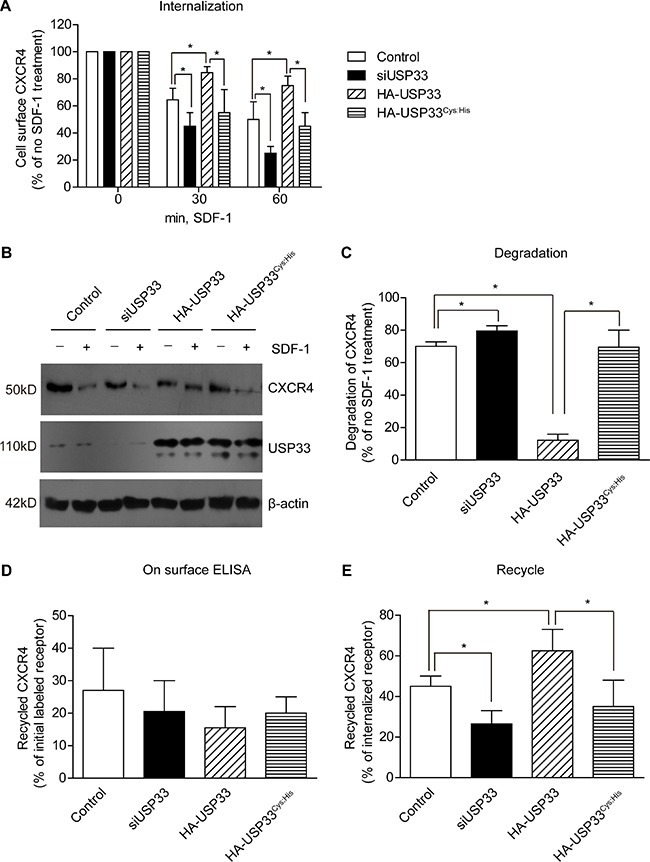Figure 4. Silencing USP33 promotes the agonist-induced endocytosis and degradation of CXCR4.

(A) LoVo cells transfected with HA-USP33 or USP33-siRNA were stimulated with 100 ng/mL SDF-1 for the indicated times, and receptor internalization was quantified using on surface ELISA. CXCR4 membrane expression level was up-regulated with USP33 overexpression, while the expression level was down-regulated with USP33 knock-down. (B) USP33 prevents degradation of CXCR4. The amount of receptor from total cell lysates was determined by Western Blot after stimulation with 100 ng/mL SDF-1 for 1 h, and the results showed that CXCR4 overexpression can significantly inhibit degradation of internalized receptors. (C) The results from (B) was semi-quantified with Image J software. (D, E) The amount of recycled receptors was detected by ELISA as described in Patients and Methods. Even the total amount of recycled labeled receptors showed no difference (D), the exact recycled fraction versus internalized receptors provided remarkable significance [E, results were presented as (the amount of surface receptors in Figure D)/ (the amount of internalized receptors by Figure A)]. All experiments were performed in triplicate, and the data (mean ± S.D., *P < 0.05, calculated by t-test) came from three independent experiments.
